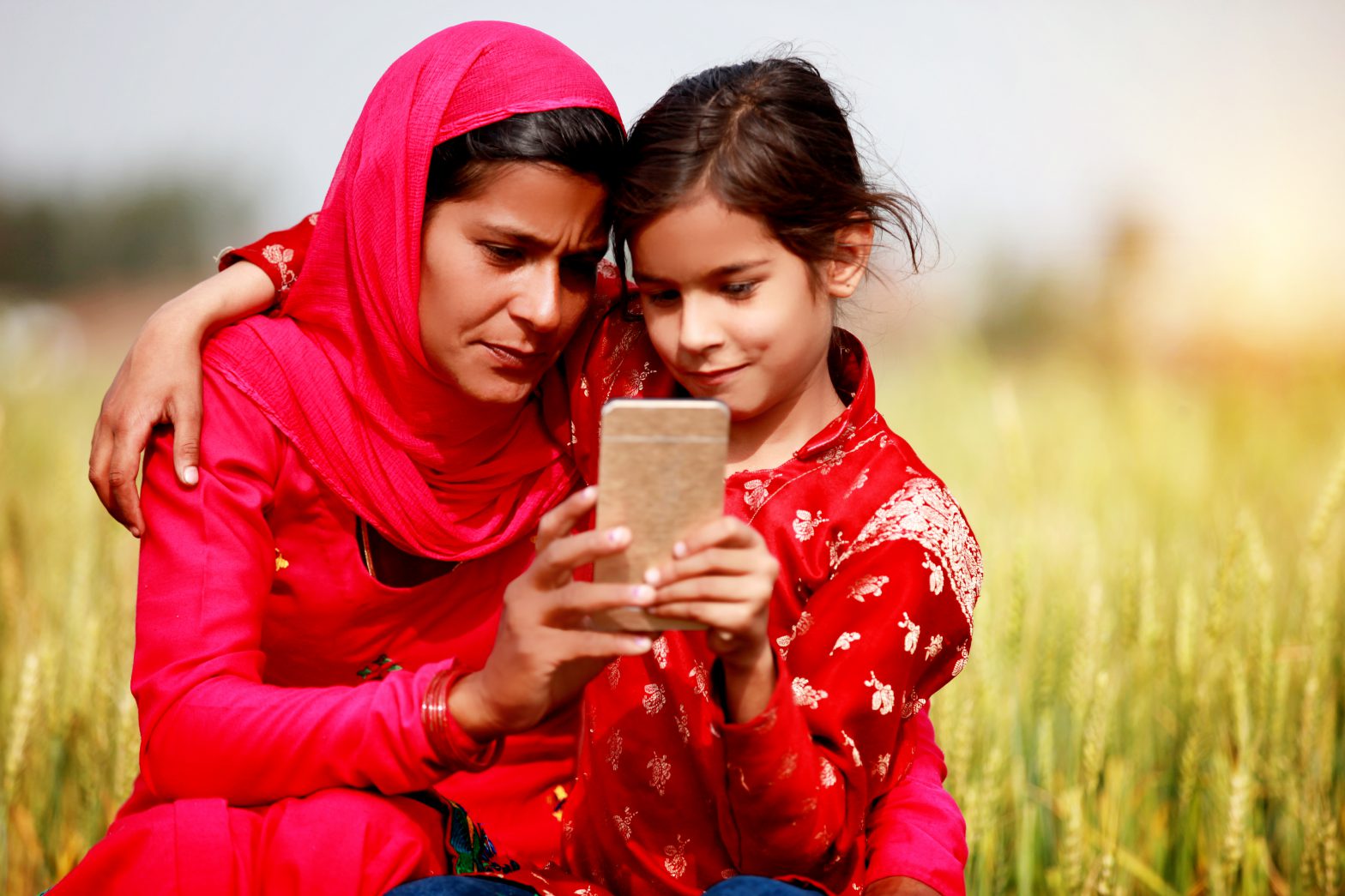
This blog post is Part 4 of a four-part series highlighting the funding strategies, challenges, and lessons learned shared in The Thoughtful Funder’s Guide to Global Giving, produced by TPI’s Center for Global Philanthropy in 2019. Check out Part 1: The Thoughtful Funder’s Checklist for Global Giving, Part 2: Philanthropy’s Role in Increasing Access to Clean, Safe Water, and Part 3: Philanthropy’s Role in Addressing the Global Refugee Response Crisis.
—
Women and girls around the world are powerful forces for change in society. When they see limited progress coming from the leadership in their countries, they launch their own movements for change. In 1955, Rosa Parks refused to give up her seat on a bus and launched the Montgomery Bus Boycott movement for civil rights. Six months later, the Women’s March in South Africa drew 20,000 women of diverse backgrounds to protest apartheid. The non-violent protest and pray-ins started in 2003 by the Women of Liberia Mass Action for Peace led to the end of a brutal civil war. And the next generation of young women are equally inspiring: Greta Thunberg and Malala Yousafzai were each only 15-years-old when their messages on climate change and girls’ education, respectively, reached the global stage. Women are leaders in their households, their communities, and their countries, and girls increasingly act as agents of change. Yet historic gender-based inequalities continue to put real and perceived limitations on the power women and girls can yield in the world.
Now, with the rise of COVID-19, it is more important than ever to continue working towards equality for women and girls, and philanthropy plays a crucial role in this. The pandemic is exacerbating many longstanding inequalities, including those based on gender. Gender-based violence is increasing exponentially, health disparities are worsening, childcare needs are jeopardizing incomes, and women’s’ jobs and businesses are being disproportionately impacted. “All of these impacts are further amplified in contexts of fragility, conflict, and emergencies where social cohesion is already undermined and institutional capacity and services are limited,” according to the United Nations policy brief on The Impact of COVID-19 on Women.
TPI’s 2019 publication The Thoughtful Funder’s Guide to Global Giving highlights how supporting women and girls as changemakers is one of three key issues in global philanthropy receiving attention for its potential for change. The context of 2020 may be continually shifting, but the opportunity for philanthropy to affect real change in this area continues. Although the issues faced by women and girls often overlap, it is important to recognize girls’ issues as distinct concerns specific to being a child. Issues facing women and girls are commonly broken down into the following areas: human rights, health, education, economic opportunities, responses to sexual and gender-based violence, and leadership and participation in social and political structures. As funders consider implementing one of the four strategies below (or another strategy), there are five challenges we’ve identified that are worth keeping in mind as you seek to have impact with funding in this field.
First, women and girls struggle to be seen in many contexts. Research shows a large gap exists between what girls say they need and what is actually available to them. What is truly needed and what is of value cannot be determined by outsiders. Funders need to be in direct conversation or partnerships with women and girls themselves, listening to their needs in each region of the world.
Second, issues facing women and girls are innumerable and overlapping. For example, in many villages, girls fetch water from distant wells. While this task is critical, it competes with time these girls might be in school or helping to earn money. Something seemingly simple like WASH (Water, Sanitation, and Hygiene) quickly becomes entwined with education, economic opportunity, and gender-based violence.
Third, the global rise of fundamentalism threatens women’s rights. Every step forward cannot be taken for granted. Those at the forefront of human rights work often find themselves working to simply maintain hard-won gains in one area, while at the same time pushing for establishment or expansion of rights elsewhere.
Fourth, long-entrenched behaviors and cultural attitudes are difficult to change and require long-term investments in policy, structural, and cultural change. Even a slight shift can yield dramatic and positive results, though that shift may take months or years as awareness is raised and information is communicated broadly.
And fifth, female philanthropists and women funding networks have a vital role to play. Women make up more than 50% of the population in the United States and control more than 60% of the wealth. But philanthropic giving to women and girls issues does not seem to be a priority for this sector. According to a recent report by the Women’s Philanthropy Institute (WPI), of the meager 1.6% of US funding supporting women-focused organizations, 90% goes to one focus area: reproductive health. That leaves very little to address the complex issues facing women and girls. An increase in philanthropy is needed to help close this gender gap, and smaller and medium sized donors have an important role to play.
A diverse range of funders are pushing toward the targets set out in the fifth Sustainable Development Goal (SDGs) of achieving gender equality and empowering all women and girls by 2030. The opportunities for the field of philanthropy and for funders of all sizes are significant. In fact, smaller foundations and individual funders are increasingly a crucial part of the mix, learning from relationship building and convenings about how to address critical gaps. Through research and interviews with funders leading in this area, we identified four philanthropic strategies that offer great potential in funding women and girls.
Four Strategies for Funders to Consider
- Support women’s voices and leadership. Funders should ask themselves who is doing the real work on the frontlines, then prioritize making opportunities for those women to be heard and included.
- Focus on girls in particular. Funders can make girls a focal point as they tackle so many issues like refugee migration, emergency contexts, as well as within sexual violence and child marriage.
- Change mindsets. Funders have opportunities to shift entire cultural narratives from ones that hinder women in the areas of education, employment, finance, health care, inheritance, and decision-making opportunities, to ones that reframe gender power structures for the benefit of all.
- Provide support that uses a gender lens in times of armed conflict, humanitarian, and natural disasters. Funders can keep watch for opportunities to tackle the challenges of increased sexual and gender-based violence rates in crises and to support initiatives that provide safety nets to the most vulnerable groups.
If you would like more detail on opportunities for funder collaboration in this space and others, we encourage you to download The Thoughtful Funder’s Guide to Global Giving. And whatever your area of focus is, it’s helpful to remember the six Powerful Practices used by thoughtful funders as unearthed through our research for this guide. These ideas are not new, but they continue to re-emerge as core values and principles to guide more ethical and participatory cross-border philanthropy.
—
Click here to learn more about TPI’s Center for Global Philanthropy and our work supporting funders of all kinds who wish to effectively give around the world. The Center supports individuals, families, foundations, and companies to have an impact through their giving. Contact us to learn more about how we help funders and companies do more and better giving worldwide.


